Living with birthmarks: What are the ones you can and cannot remove
It's all good if you've made peace with your birthmark. But what if the mole, brown patch or red bump on your face affects your self-confidence and how others treat you? CNA Lifestyle finds out from the experts what can be done.
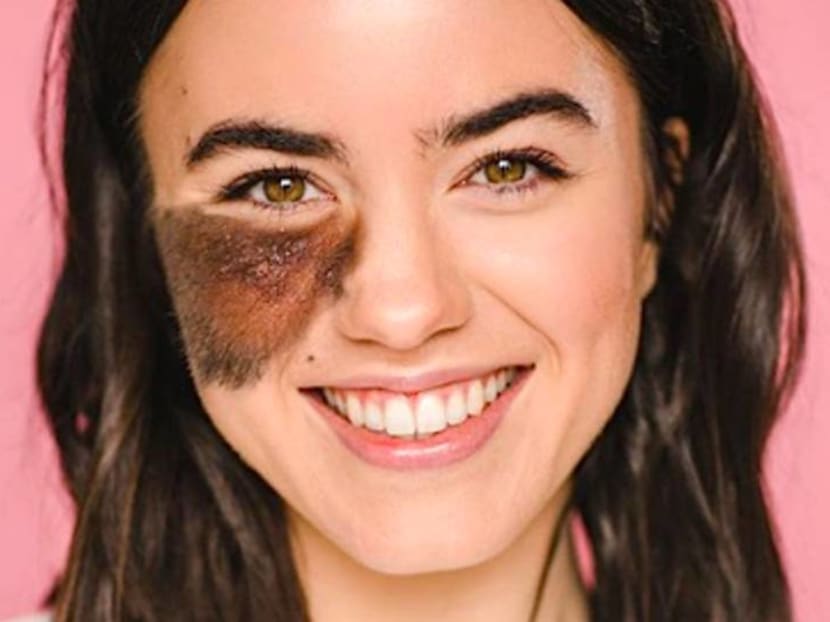
Cassandra Naud, a Canada-born dancer, says that her birthmark enhances her individuality. (Photo: Instagram/theportraitsessions)
Whether it's a mole, a pot-wine stain or a Mongolian spot that looks like a perpetual bruise, a birthmark defines its owner.
Marilyn Monroe's and Cindy Crawford's face would look remiss without their moles. The collective sighs of K-pop fans might be somewhat diminished without the heart-shaped mark that sits under the right eye of Jay (formerly known as Jin Hwan) from iKON. And might fans be a little less inclined to swoon over BTOB's Ilhoon without his row of five moles that has been dubbed the Ilhoon Constellation?

We may never know. But what we do know is that birthmarks elicit strong reactions from their owners as well as those around them. Canadian professional dancer Cassandra Naud, 25, who was born with a large, hairy birthmark on her right cheek, is determined to keep it as part of her identity. This, despite years of bullying in school and being told to Photoshop her photos by casting agents.
WHY DO BIRTHMARKS DEVELOP?
Whether you opt to remove or embrace it as part of your identity, a birthmark can still be misunderstood in this day and age. For one, painting the walls while pregnant will not create babies with birthmarks.
"Birthmarks are caused by the defective movement of cells during foetal development," said Dr Lucinda Tan, a dermatologist with the National Skin Centre, a member of the National Healthcare Group. "However, we do not fully understand the reason why some babies have birthmarks and some do not."
Contrary to popular belief, there is nothing that pregnant women can do to prevent birthmarks on their babies, said Dr Kelvin Chua from SL Clinic. "Birthmarks cannot be prevented as there isn’t a specific cause to its occurrence," he said.
DIFFERENT TYPES OF BIRTHMARKS
While there is no one ethnic group in Singapore that is more susceptible to birthmarks, Dr Chua said that Mongolian spots tend to occur more amongst Asians than Caucasians. Vascular birthmarks also tend to appear more on the face and neck regions, he added.
"We treat a good number of patients for Mongolian and cafe-au-lait spots. That can be attributed to these being the two most common birthmarks here in Asia," he said. But whether they are moles or a brown patch, birthmarks can be categorised as either vascular or pigmented.
VASCULAR BIRTHMARKS
"These skin discolourations are caused by blood vessels that aren’t formed normally. They can appear in children during pregnancy or shortly after birth," said Dr Chua. Here, he lists the common types of vascular birthmarks and ranks them in order of ease of treatment, from the easiest to the most difficult:
- Salmon patch or nevus simplex
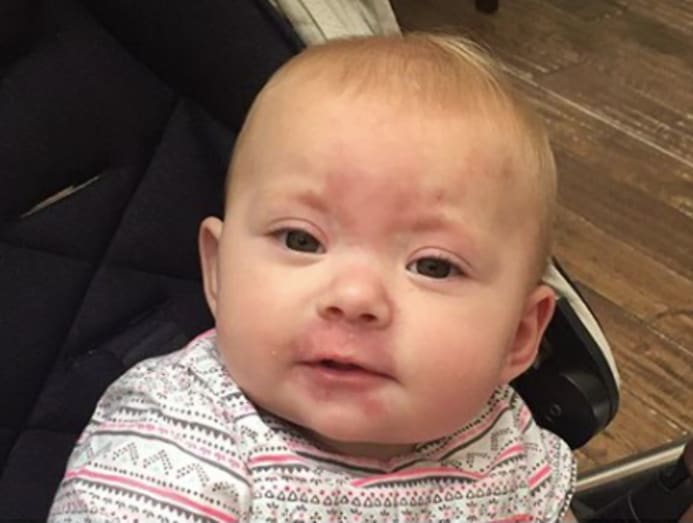
Flat, and pinkish or red in colour, the patch typically does not have a definitive border. Salmon patches are commonly found at the nape of the neck, forehead or on the eyelids. Some are not immediately apparent and only become noticeable in a change of temperature or when a child starts crying, said Dr Chua.
- Port-wine stain or nevus flammeus
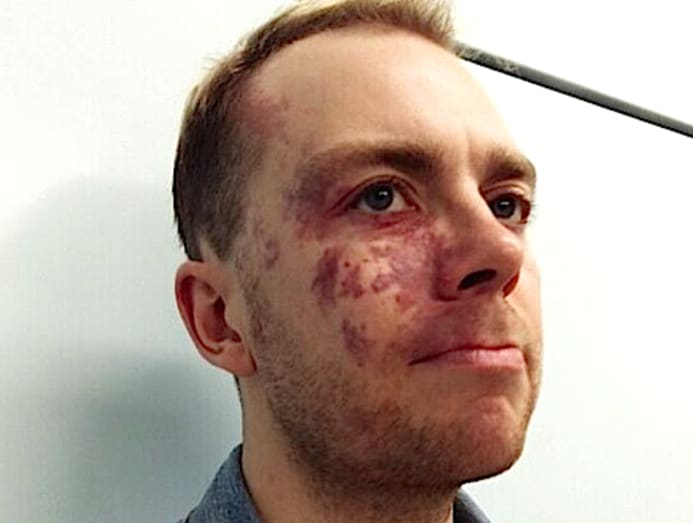
A flat patch of purple or dark red skin, it is often large, and usually has well-defined borders. A port-wine stain typically appears on one side of the face or neck, and is common amongst newborns, said Dr Chua.
"Port-wine stains can darken and thicken with time, and may result in eye complications if located near the eyes," said Dr Tan.
- Haemangioma
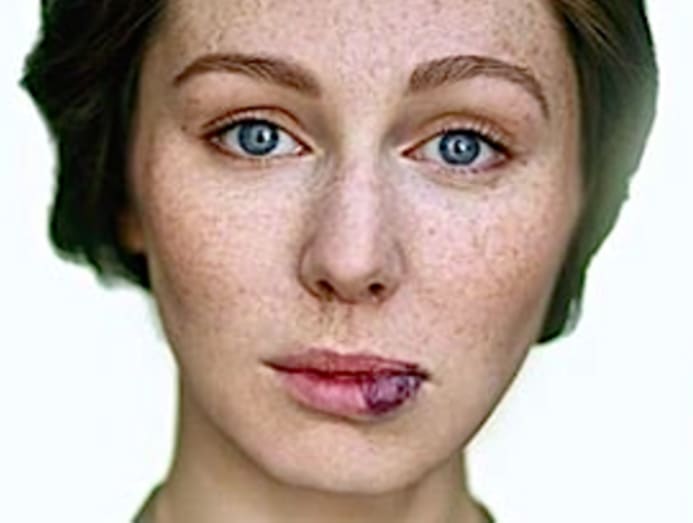
It is a raised, bright red spot that sits on the skin, and is normally soft and compressible to touch. It is sometimes called strawberry haemangioma as it looks like the fruit. But haemangiomas can also occur under the skin, according to the American Academy of Dermatology Association (AADA). These deep versions can look bluish-purple and make the skin swell and bulge. If you had either version as a baby, it is probably shrunk and flattened by age 10, said the association.
According to Dr Chua, haemangiomas typically appear on the face, scalp, chest or back. "In rare cases, a haemangioma can grow to a size or in a location that interferes with vital organs that can be associated with life-threatening complications," he said.
For instance, haemangiomas may ulcerate and cause bleeding at the site or lead to breathing problems if they are found near the mouth or neck, said Dr Tan. If a haemangioma is located near the eye, visual issues may arise.
PIGMENTED BIRTHMARKS
These present-at-birth skin spots are marked by pigment in the skin tissue. Dr Chua ranks these common pigmented birthmarks in order of ease of treatment:
- Mongolian spot
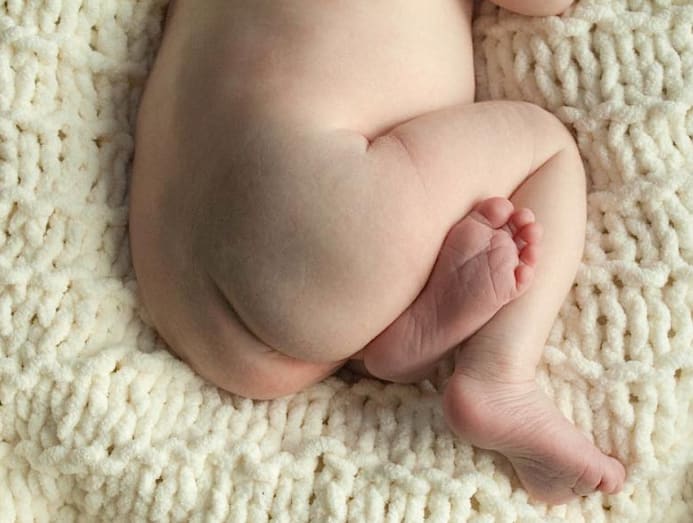
This flat birthmark looks like a bruise and is typically found in colours ranging from blue to grey. It can be spotted on babies' backs or bottoms.
- Congenital mole
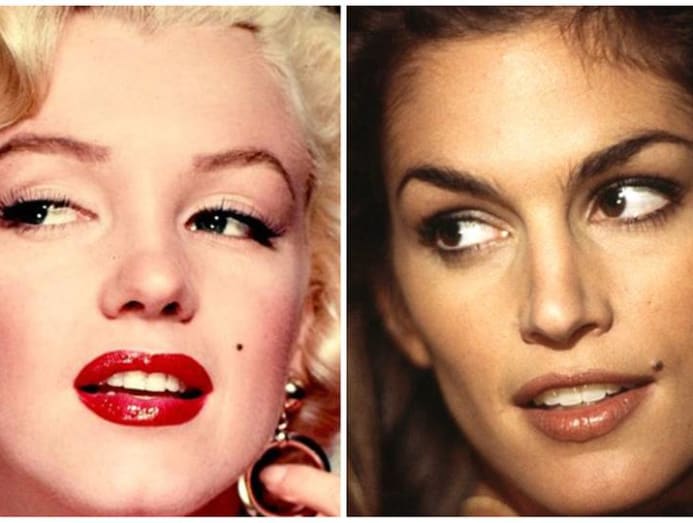
Moles are usually small, round brown spots that are no bigger than the size of a pencil eraser, according to the AADA. They can be pink, skin-coloured or black. Some are flat and smooth; others are slightly raised like a bump. Moles can be found anywhere on the face and body. Though usually benign, it has a slightly higher chance of becoming cancerous, depending on the size, said Dr Chua.
- Cafe-au-lait spot
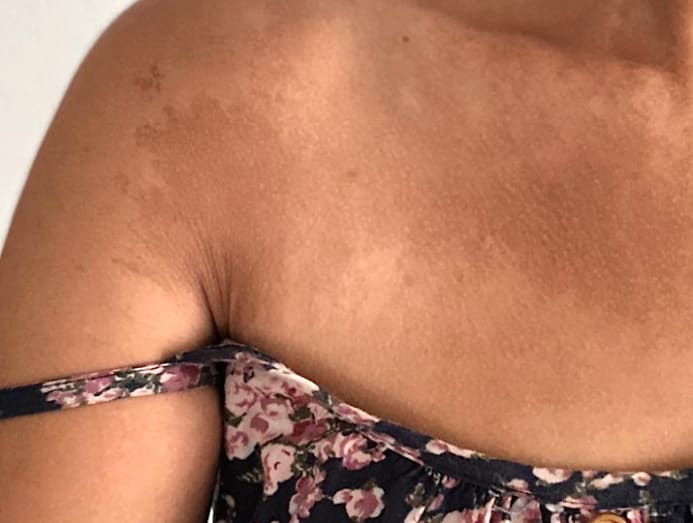
This marking can take on the colour of milky coffee, typically in those who are fair. It can also appear in a darker shade than the surrounding skin in those with darker complexion, said Dr Chua. "Cafe-au-lait spots are mainly harmless, though they have a slight potential of developing into neurofibromatosis, which may become cancerous," said Dr Chua.
- Becker's nevi
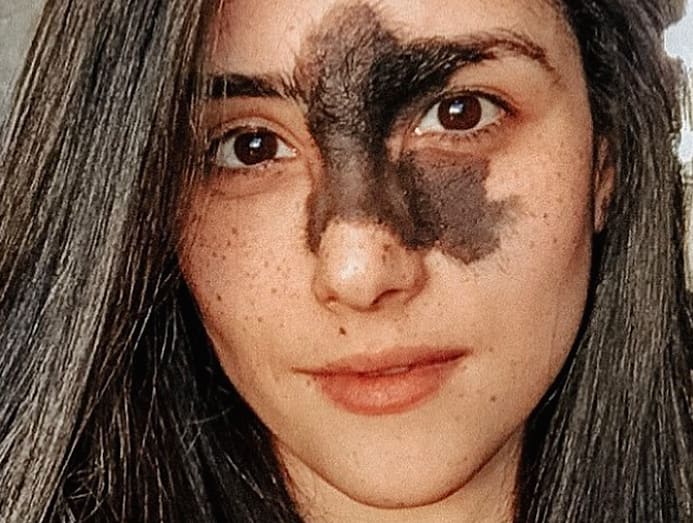
This birthmark occurs predominantly in men, and is characterised by a well-defined patch of darker and thickened skin with excessive hair on the torso or upper arm. There are exceptions, such as Brazilian model Mariana Mendes' case - a woman with a Becker's nevi on her face.
WHAT YOU CAN DO ABOUT BIRTHMARKS
The considerations to take into account when deciding on the treatment options include the birthmark's category (vascular or pigmented), size and location, said Dr Chua. He uses corticosteroids, chemotherapy, surgery and laser therapy to lighten both kinds of birthmarks. Laser and surgery are the most common options. However, he warns that surgery comes with a high risk of scarring and is generally reserved for more severe or life-threatening birthmarks.
To treat vascular birthmarks, Dr Tan has used pulsed dye lasers for ulcerated haemangiomas and port-wine stains. But when it comes to pigmented birthmarks, Dr Tan advises to leave them alone and monitor for changes that suggest cancer. Some birthmarks, such as Mongolian spots and certain haemangiomas, resolve on their own and do not require treatments, she said.
But there may be instances when treatment is preferred over letting Nature take its course. "Infantile haemangiomas do resolve on their own given time, but they may leave scarring without treatment. They resolve faster with lower risk of permanent scarring with treatment," said Dr Tan.
TREATMENT SUCCESS
There are a few factors that determine the outcome of the treatment. "As a rule of thumb, the larger the birthmark, the more challenging it is to treat it, said Dr Chua. "A large surface area entails a longer downtime, and increased complexity owing to the fact that other vital organs may be affected, such as the eyes."
Also, most vascular birthmarks are relatively easier to treat than pigmented birthmarks – with the exception of haemangiomas, said Dr Chua.
Where the birthmark is located is also crucial. "Skin on different areas of the body varies in terms of thickness, responsiveness to treatments, scarring potential and more," said Dr Chua. "For example, skin on the face and neck is thinner and more responsive to laser therapy, and thus, easier to treat. It also has a relatively lower propensity to scar."
That said, doctors cannot guarantee the complete removal of a birthmark. "Most treatments, with the exception of surgery, can only reduce the appearance of birthmarks. Even with surgery, a relapse can occur after removal," said Dr Chua.





